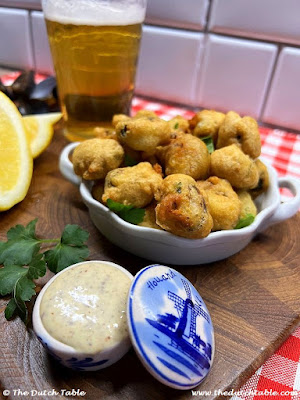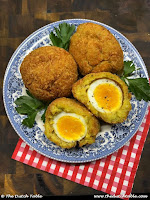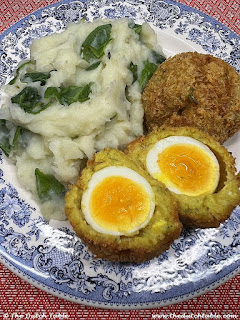Stamppot is the ultimate Dutch comfort food—a hearty, rustic dish that has been a staple of Dutch kitchens for centuries. The name stamppot literally means "mashed pot," and it perfectly describes the process of mashing vegetables together with potatoes to create a warm, filling meal. It also uses affordable, easily accessible ingredients - how Dutch is that! It’s a one-pot dish, simple yet deeply satisfying, especially on cold days.
Stamppot isn’t just food; it’s part of our Dutch heritage, it's in our genes. As soon as the cold weather hits, the cravings for stamppot explode. It evokes memories of cozy family dinners and the comforting flavors of home. It’s a dish that connects generations and reflects the down-to-earth, practical nature of Dutch cuisine.
It’s a dish we’re often teased about, as though our only contribution to global cuisine is a humble plate of mashed potatoes with vegetables. But if you’ve been following this website for a while, you know that’s far from the truth—Dutch cuisine has had more influence than we often care to boast about.
That said, a steaming plate of stamppot may not be earning Michelin stars anytime soon… but it will win the hearts of everyone you serve it to. I have yet to meet anyone who’s turned up their nose at our beloved stamppots!
The mashed vegetables are often root vegetables (carrots, onions) or greens (kale, cabbage, endive) and stamppot is traditionally served with smoked sausage (rookworst), bacon or crispy bacon bits, meatballs and gravy, and even a fried egg on top! But it doesn't have to be meat: crispy tofu, fish sticks, dried fruit, or a handful of cashew nuts are often used as substitutes for meat. While stamppot made with potatoes is a beloved classic, modern variations often include creative ingredients like sweet potatoes, roasted garlic, or even vegan options with plant-based sausages.
The most common varieties of stamppot, with a link to the recipes, are:
- Boerenkool Stamppot: made with kale and potatoes, often regarded as the most traditional version, and still the favorite of all stamppots.
- Hutspot: a mix of potatoes, carrots, and onions—legend has it this dish dates back to the Siege of Leiden in 1574!
- Andijviestamppot: raw endive is mixed in for a slightly bitter and fresh flavor.
- Zuurkool stamppot: sauerkraut adds a tangy twist to the dish. (This is a keto version with cauliflower)
- Rodekoolstamppot: stewed red cabbage with apples are mashed into hot, fluffy potatoes.
- Spruitjesstamppot: Brussels sprouts for a slightly bitter flavor. Together with appelmoes, apple sauce, it's a great way to start kids on the more challenging vegetables.
- Hete Bliksem: the apples in the dish hold their heat so the dish is called "hot lightning".
And we wouldn't want to miss out on that kuiltje, a little well in our stamppot to hold the pan gravy, to make sure that every bite is extra flavorful!










































